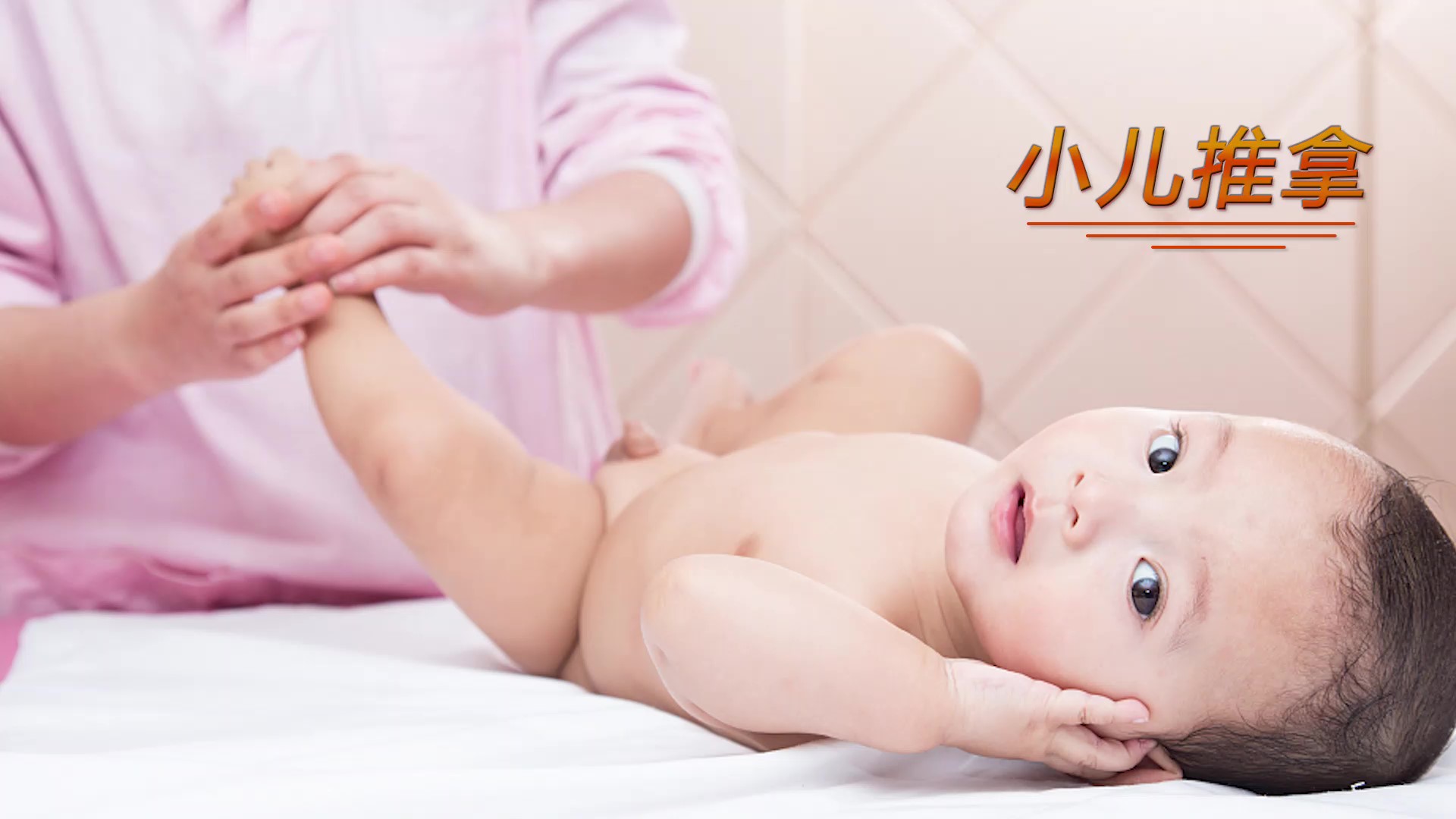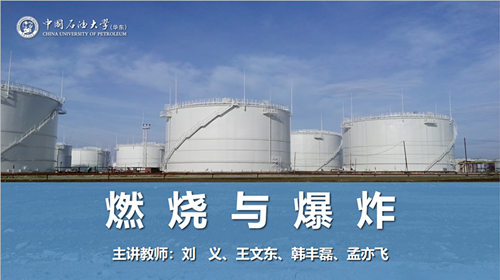
当前课程知识点:Chinese Ceramics > Unit 11 Fencai Porcelain > 11.2 Fencai Porcelain in the Yong zheng period > Fencai Porcelain in the Yong zheng period
返回《Chinese Ceramics》慕课在线视频课程列表
我们家茶叶太多了
得买个茶叶罐
这个好漂亮
这是什么瓷类
这是珐琅彩
哦,我知道珐琅彩
它是清代皇室自用瓷器中
最具特色
釉上彩瓷中最为精美的彩瓷器
你很懂嘛
珐琅彩是将经过粉碎研磨的珐琅釉料
涂施于陶瓷制品的表面
经干燥、烧成等制作步骤后 所得到的复合性工艺品
珐琅彩瓷器都有什么种类呢
珐琅没有大的器物造型
绝大多数是盘、碗、杯、瓶、盒、壶
其中碗、盘最多
行,我们就买它了
嗨,大家好
今天我们来谈谈雍正彩
雍正皇帝即位后
他对珐琅彩的酷爱与康熙皇帝相比
有过之而无不及
他经常亲自参与珐琅彩
画稿的设计和修改
对于原料也要求严格
因而珐琅彩制品
较以前大有改进
胎质洁白无瑕
色彩细腻华美
有的器物薄如蛋壳
彩绘也从康熙时期仅限于花卉图案
演进到与中国工笔画
重彩风格日趋一致
其特点是笔触细腻
注重细节,用色一丝不苟
而且由于受西洋画的影响
比工笔重彩的层次更加丰富而有立体感
其章法布局基本遵循
中国传统绘画
融诗词、书、画、印于一体的格局
加之精美的印章和书法
增添了瓷器的书卷气
而这种风格一直延续到粉彩瓷的绘制
使景德镇的瓷器装饰
在清中期以后
与同时代绘画的关系更加紧密
雍正彩以绘画为主
兼用刻、印、划、堆塑
和镂雕工艺
绘画上承康煕的清秀典雅风貌
笔触更精细纤柔
构图疏朗,简洁清晰
作品轻松整齐
一切都很平衡
花鸟画多受画家
恽寿平“设骨”绘画影响
山水画
则仍以当时盛行的
四王画为宗
只是设色比康熙时浅淡
刀马人物等
传统故事画面继续盛行
仕女人物时
常有汉装形象
身材和面部修长清秀
与当时崇尚纤弱仕女的风气有关
纹饰中,花卉内容最丰富
常见的有牡丹、桃花
海棠、菊、等
进口的西洋料
到了不能满足宫中珐琅彩
对中国传统绘画意境执着追求的地步
于是,宫中制瓷高手开始
自制珐琅彩料
经过长期努力,终于制作出了18种珐琅彩色料
比从西洋进口的珐琅彩还多了9种
珐琅彩虽然富丽豪华
又有较强的写实性
但由于色料昂贵
不易普及
因此
只能在宫廷小范围内绘制
康、雍、乾三朝
所烧画的珐琅器
多用蓝料、胭红料堆写年款
康熙珐琅彩
款识多用楷书写
“康熙御制”四字
雍正款识笔体
以仿宋体字为主
而乾隆款识比前两代增加了篆书款
这也是判别清初珐琅彩的
重要依据
这类瓷器由于使用了比较贵重的彩料
加以绘画精工不同凡俗,当时为宫廷独有
除个别作品赏赐给了重臣外
平常人极少得到
也正因如此
后来仿品送出
甚至到了以假乱真的地步
在这种情况下
景德镇的陶瓷艺人
在传统的五彩瓷料中加进溶剂
以降低彩料的浓艳度和烧成的温度
使明艳的五彩色变得柔和淡雅
“玻璃白”是粉彩中最重要的颜色
在粉彩颜料中有一系列不透明的粉彩颜色
如粉黄、宫粉
松绿、粉翡翠等
这些颜色都含有“玻璃白”的成分
其特点是不透明,粉质轻软,有一定厚度
粉彩还有一个特点就是
在画面上处理衣服或花瓣之类
层次变化多的地方
用“玻璃白”打底
再在上面用较鲜艳的
颜色渲染
就能绘出如珐琅彩般的立体效果
由于粉彩瓷的颜色种类丰富
并且色泽柔和
表现手段
比青花、五彩更加多样
通过颜色的洗染、烘托
能使表现的对象
更具真实感和立体感
因此一上市
便受到了普遍欢迎
不仅在官窑的生产中占了主流
在民窑的作坊中也大量生产
很快取代了五彩瓷在市场上的份额
雍正、乾隆时期
是粉彩瓷发展的高峰
官窑的粉彩瓷至精至美
民窑的粉彩瓷生动潇洒
到了乾隆时期
由于粉彩瓷精品
往往专供达官贵族使用
天球瓶
葫芦瓶
牛头尊等器型极为普遍
还不惜工本
追求各种新奇制品
其品种之多
和制作之精都超越了前朝
如粉彩笔筒
墨床、笔杆、镇纸
印泥盒书函式的浆糊盒等
式样新异,无不精工细作
仿其它材质做成的
如意、龙头带钩、鼻烟壶等用具
也屡见不鲜
反映了当时统治阶级的
生活方式及其趣味
今天的课就到这里
感谢观看,下次再见
-1.1 Introduction
-1.2 Ceramics in Neolithic, East Han and Wei-Jin Dynasties
--Ceramics in Neolithic, East Han and Wei-Jin Dynasties
-1.3 Sui and Tang dynasties and Song Dynasty ceramics
--Sui and Tang dynasties and Song Dynasty ceramics
-1.4 Ming and Qing Dynasties
-Unit 1 test
--Unit 1 test
-Discussion questions
-2.1 The Unique Chinese Ceramic Culture
--The Unique Chinese Ceramic Culture
-2.2 The Historical Development of Chinese Ceramic Making
--The Historical Development of Chinese Ceramic Making
-2.3 Chinese Ceramic Shape Art
-2.4 Chinese Ceramic Painting Art
--Chinese Ceramic Painting Art
-2.5 Chinese Ceramic Folk Stories
--Chinese Ceramic Folk Stories
-Unit 2 test
--Unit 2 test
-Discussion questions
-3.1 CeramicCulture and the Zodiac
--CeramicCulture and the Zodiac
-3.2 The heritage of traditional ceramic culture
--The heritage of traditional ceramic culture
-3.3 The development and innovation of ceramic art
--The development and innovation of ceramic art
-Unit 3 test
--Unit 3 test
-Discussion questions
-4.1 Gorgeous Colored Pottery
-4.2 The Method of Making Colored Pottery
--The Method of Making Colored Pottery
-4.3 Primitive Colored Pottery Ⅰ
-4.3 Primitive Colored Pottery Ⅱ
-4.3 Primitive Colored Pottery Ⅲ
-4.4 Black Earthenware
-4.5 White Pottery and Primitive Porcelain
--White Pottery and Primitive Porcelain
-Unit 4 test
--Unit 4 test
-Discussion questions
-5.1 Terracotta Warriors in Qin Dynasty
--Terracotta Warriors in Qin Dynasty
-5.2 Potteries in Han Dynasty
-Unit 5 test
--Unit 5 test
-Discussion questions
-6.1 Dragon kiln and Celadon
-6.2 Yue Kiln and Wuzhou kiln
-6.3 Deqing Kiln and Ou kiln
-6.4 Longquan Wares
-6.5 Yaozhou Wares
-Unit 6 test
--Unit 6 test
-Discussion questions
-7.1 Tang Tri-Colored Pottery
--7.1 Tang Tri-Colored Pottery
--7.1 Tang Tri-Colored Pottery
-7.1Tang Tri-Colored Pottery
--7.1 Tang Tri-Colored Pottery
--7.1 Tang Tri-Colored Pottery
-Discussion questions
-Unit 7 test
--Unit 7 test
-8.1 The flourishing age of the Song Dynasty
--8.1 The flourishing age of the Song Dynasty
-8.2 The flourishing age of the Song Dynasty
--8.2 The flourishing age of the Song Dynasty
-8.3 Ding Wares
-8.4 Ru Wares
-8.5 Guan Wares
-8.6 Ge Wares
-8.7 Jun Wares
-Discussion questions
-Unit 8 test
--Unit 8 test
-9.1 Reasons for the maturity of Qinghua porcelain in Yuan Dynasty
--9.1 Reasons for the maturity of Qinghua porcelain in Yuan Dynasty
-9.2 The Invention of Blue-and-white Porcelain in the Tang Dynasty
--9.2 The Invention of Blue-and-white Porcelain in the Tang Dynasty
-9.3 Fine China Ware became the Symbol of ChinaⅠ
--9.3 Fine China Ware became the Symbol of ChinaⅠ
-9.3 Fine China Ware became the Symbol of ChinaⅡ
--9.3 Fine China Ware became the Symbol of ChinaⅡ
-9.3 Fine China Ware became the Symbol of ChinaⅢ
--9.3 Fine China Ware became the Symbol of ChinaⅢ
-9.4 The charm of QinghuaⅠ
-9.4 The charm of QinghuaⅡ
-9.4 The charm of QinghuaⅢ
-Discussion questions
-10.1 Da Ming Wucai
-10.2 Wooden engravings influence on Wucai porcelain
--10.2 Wooden engravings influence on Wucai porcelain
-10.3 Kangxi Wucai
-10.4 Liling Under-glaze multicolored porcelainⅠ
--10.4 Liling Under-glaze multicolored porcelainⅠ
-10.4 Liling Under-glaze multicolored porcelainⅡ
--10.4 Liling Under-glaze multicolored porcelainⅡ
-Discussion questions
-11.1 The advent of Fencai
-11.2 Fencai Porcelain in the Yong zheng period
--Fencai Porcelain in the Yong zheng period
-11.3 Fencai Porcelain in the Qianlong Period
--Fencai Porcelain in the Qianlong Period
-Discussion questions
-13.1 Zisha-pottery
-13.2 The Zisha Teapot
-13.3 The Zisha tea set in the Ming Dynasty
-Discussion questions
-14.1 Development of Contemporary Chinese ceramic art
--14.1 Development of Contemporary Chinese ceramic art
-14.2 The internationalization trend of Chinese modern ceramics
--14.2 The internationalization trend of Chinese modern ceramics
-14.3 A new style of contemporary ceramic art Ⅰ
--14.3 A new style of contemporary ceramic artⅠ
-14.3 A new style of contemporary ceramic art Ⅱ
--14.3 A new style of contemporary ceramic art Ⅱ
-14.4 The Trade of the Artisans Ⅰ
--14.4 The Trade of the Artisans Ⅰ
-14.4 The Trade of the Artisans Ⅱ
--14.4 The Trade of the ArtisansⅡ
-Discussion questions
-15.1 Unique Cloisonné technique
--15.1 Unique Cloisonné technique
-15.2 The Craftsmanship and Development of Cloisonné
--15.2 The Craftsmanship and Development of Cloisonné
-15.3 The Problems Facing the Inheritance of Cloisonné
--15.3 The Problems Facing the Inheritance of Cloisonné
-15.4 The inheritance and development of Cloisonné
--15.4 The inheritance and development of Cloisonné
-Unit 15 Test
--Unit 15 Test
-Discussion questions
-16.1 Appreciation of Chinese ceramics
--16.1 Appreciation of Chinese ceramics
-16.2 Explore the origins of ancient ceramics Ⅰ
--16.2 Explore the origins of ancient ceramics Ⅰ
-16.2 Explore the origins of ancient ceramics Ⅱ
--16.2 Explore the origins of ancient ceramics Ⅱ
-Unit 16 Test
--Unit 16 Test
-17.1 Traditional Chinese Decorative Patterns
--17.1 Traditional Chinese Decorative Patterns
-17.2 Application of Traditional Chinese decorative patterns in ceramics
--17.2 Application of Traditional Chinese decorative patterns in ceramics
-Unit 17 Test
--Unit 17 Test
-Discussion questions

